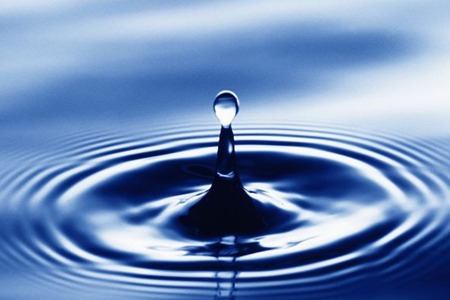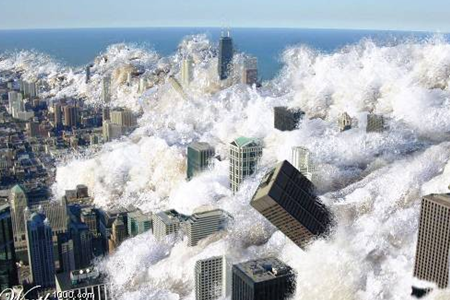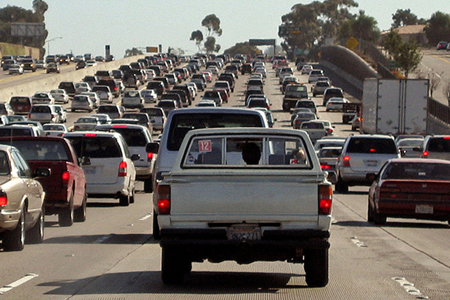Fear Fest: Aquaphobia!
October 10th, Aquaphobia
When you’re drowning, you don’t say ‘I would be incredibly pleased if someone would have the foresight to notice me drowning and come and help me,’ you just scream.”
-John Lennon
Wow, are we really through one third of the month already? Let us take a moment and look back on the fears we’ve already encountered. They are enough to make a person go mad. However, today we have the largest fear on the planet. Water. Water makes up roughly 70% of the Earth’s surface, and occasionally falls from the sky. Imagine if you were afraid of that? Suddenly your problems don’t seem so big.
First off, you’d think fear of water would be called hydrophobia. Well, it isn’t. Hydrophobia is actually linked to rabies. Yea, rabies. The popular reason is that one of the symptoms of late stage rabies is dysphagia, or difficulty swallowing. So there, that’s why it’s not hydrophobia, but aquaphobia. I guess this makes today special as you get two for one fear special.
Aquaphobia isn’t as severe as being afraid of rain, but that was just to grab your attention. Aquaphobia is more the fear of submersing yourself in water. While this won’t inhibit the subject from going out in the rain, showering, or drinking, it can inhibit a person’s daily life. Imagine if you couldn’t cross a bridge because of your fear of falling off. Hell for that matter, imagine if you couldn’t even see a large body of water without freaking out. That would severely limit your habitable locations as we’ll discuss in the next section.
Tsunamis have done nothing to calm the fears of the aquaphobe and non-aqauphobe alike. Because most of our civilization is situated on coastline, tsunamis are devastating (See, I told you we’d link back to why aquaphobia can limit your habitable location). In a study published in 1997 for the Amicus Journal close to 60% (3.8 billion) of humans live within 100 miles of a coastline. Think about it. A lot of scientists believe that fishing is the reason we evolved as fast as we did. Most of the great nations through history have been ports with great naval powers. Even today, our biggest cities are near large bodies of water.
Of the top ten US cities by population, only [6] Phoenix, [7]Dallas, and [8] San Antonio fall out of the 100 mile range. The other cities in the top ten being [1] New York, [2] LA, [3] Chicago,
[4] Houston, [5] Philadelphia, [8] San Diego, and [10] San Jose are right in the danger zone for a tsunami. Taking it a step further, if we look at the US cities by population density, the top ten all fall within the 100 miles of the coast (New York, Patterson [NJ], San Francisco, Jersey City, Cambridge [MA], Daly City [CA], Boston, Inglewood [CA], Santa Ana [CA], and Chicago).
Now, does this mean you should pack your things and head for inland toward high ground? Probably not. Plus, I’ve been to Kansas many times, they still have lakes there. Granted they are man-made and perfect square, which is creepy if you come from a place with a lot of natural lakes. Speaking as someone who lives 900 feet from the ocean, I can tell you I’m not leaving anytime soon.
THE ANSWER: I hate to agree with pedophiles, but the best defense against aquaphobia is to get ‘em young. Some parents will be hesitant to dip their small child in a pool, but as I worked at a YMCA for over a decade I can tell you that parent child swim classes work. The first class is always the same. A lot of screaming children, a lot of urine, and the occasion poop. Still, a small price to pay to be able to live with 60% of humanity.







